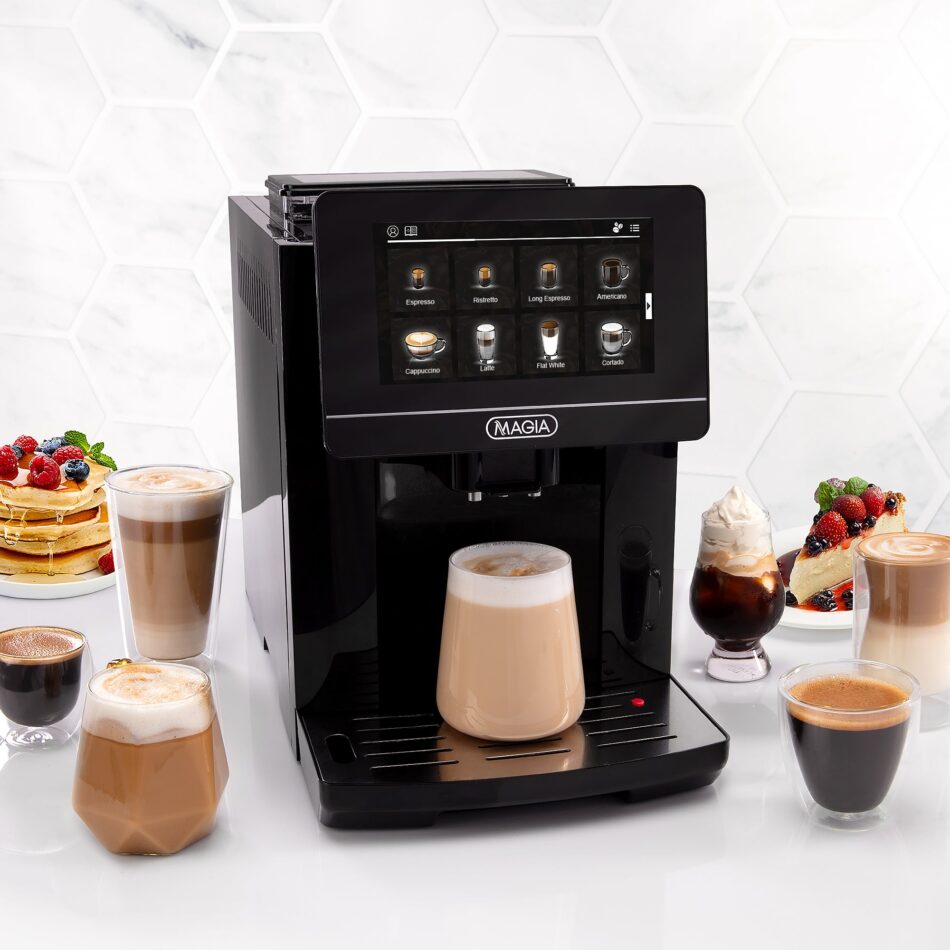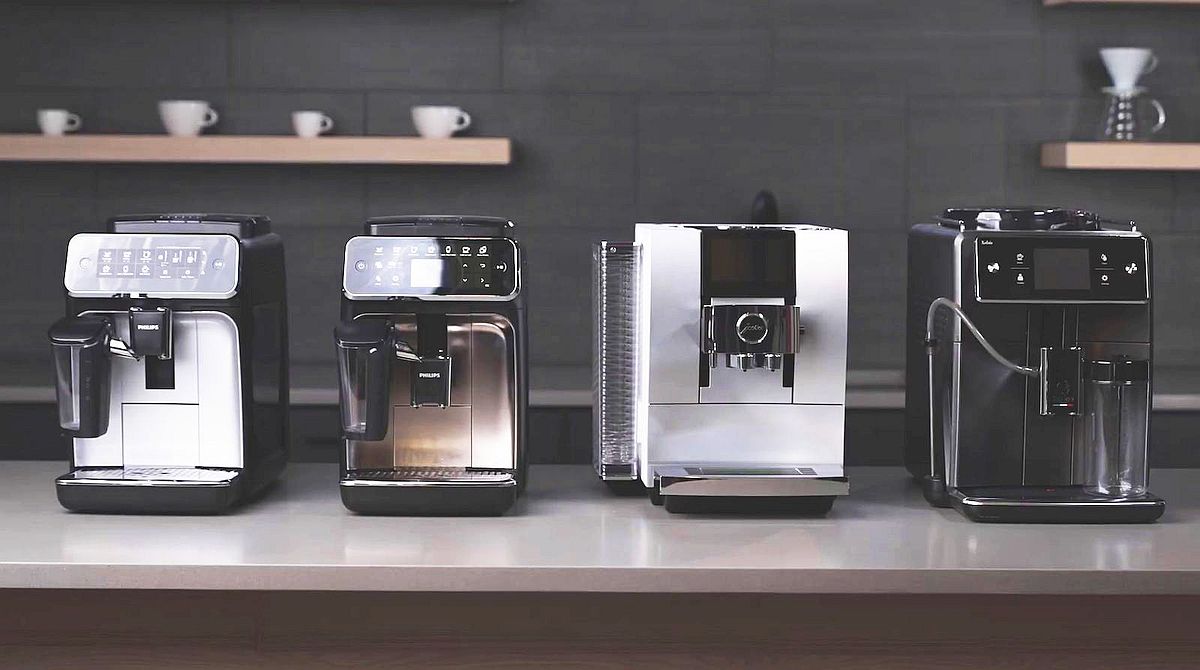How does the super-automatic espresso machine ensure consistency in brewing temperature?
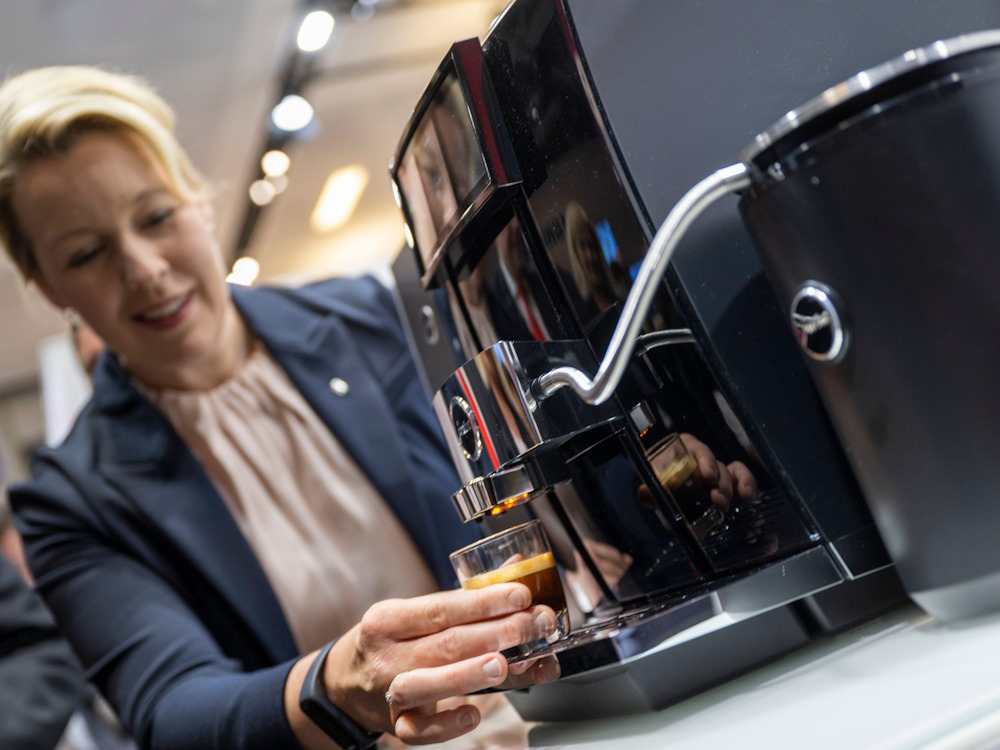
Introduction
If you’re an espresso enthusiast, you know the importance of brewing temperature in the quality of your shot. With a super-automatic espresso machine, ensuring consistency in brewing temperature is key to achieving that perfect cup every time. In this article, we’ll delve into how these machines maintain that crucial temperature for a consistent and delicious brew.
Understanding the Importance of Brewing Temperature
Before we jump into the specifics of how super-automatic espresso machines maintain brewing temperature, let’s talk a bit about why it’s so important. The temperature at which water passes through the coffee grounds plays a significant role in extracting the flavors and aromas from the beans. If the temperature is too high, you risk over-extraction, resulting in a bitter taste. On the other hand, if the temperature is too low, the extraction will be incomplete, leading to a weak and flavorless shot.
Ensuring that your super-automatic espresso machine maintains the optimal brewing temperature is essential to producing a consistently great-tasting espresso shot each time you brew.
Temperature Stability in Super-Automatic Espresso Machines
Super-automatic espresso machines are designed to automate the brewing process, including controlling the brewing temperature. These machines are equipped with sophisticated technology to ensure that the water temperature remains stable throughout the brewing process. Let’s take a closer look at how they achieve this temperature stability.
Thermoblock Heating System
Many super-automatic espresso machines use a thermoblock heating system to heat the water to the optimal brewing temperature quickly and consistently. A thermoblock is a small, compact heating element that heats the water as it passes through. The advantage of a thermoblock system is that it provides precise control over the water temperature, ensuring that it remains stable from the beginning to the end of the brewing process. This technology allows super-automatic espresso machines to deliver consistent and high-quality espresso shots with every brew.
PID Temperature Control
Some higher-end super-automatic espresso machines are equipped with a PID (Proportional-Integral-Derivative) temperature control system. PID controllers monitor the temperature of the water in real-time and make continuous adjustments to maintain the set temperature. This sophisticated technology ensures that the brewing temperature remains stable, even when external factors such as room temperature or water flow rate fluctuate. With PID temperature control, you can rest assured that your espresso machine will deliver reliable and consistent results with every shot.
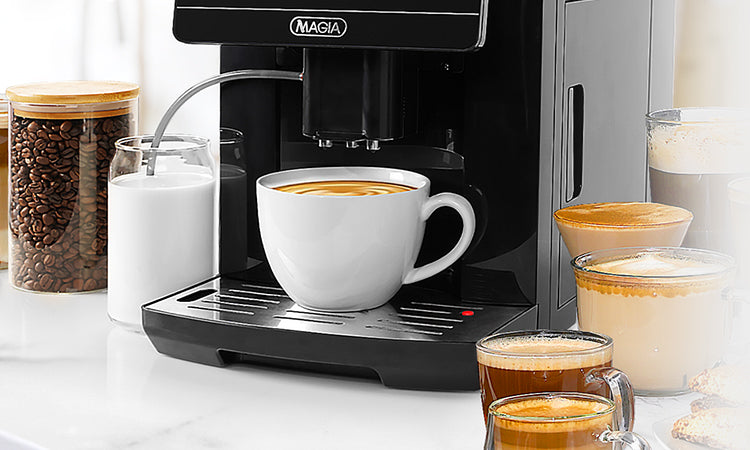
Factors Affecting Brewing Temperature
While super-automatic espresso machines are designed to maintain brewing temperature stability, there are several factors that can affect the temperature of the final espresso shot. Understanding these factors can help you optimize your brewing process and ensure that you’re getting the best possible results from your machine.
Preheating
One common factor that can affect brewing temperature is the preheating of the machine. Super-automatic espresso machines need time to warm up and reach the optimal brewing temperature before you start brewing. Failure to preheat the machine adequately can result in temperature fluctuations during the brewing process, leading to inconsistent and subpar shots. To ensure consistent brewing temperature, always allow your espresso machine to preheat for the recommended time before brewing your espresso.
Water Quality
The quality of the water you use in your super-automatic espresso machine can also impact the brewing temperature and the flavor of your espresso. Hard water with high mineral content can cause limescale buildup in the machine, affecting the heating element’s performance and leading to temperature fluctuations. To avoid this, use filtered or bottled water to maintain consistent brewing temperature and preserve the longevity of your espresso machine.
Grinder Settings
The fineness of the coffee grounds plays a crucial role in determining the brewing temperature and the overall flavor of the espresso shot. If the coffee grounds are too fine, the water may struggle to pass through them, leading to a higher brewing temperature. On the other hand, if the coffee grounds are too coarse, the water may pass through too quickly, resulting in a lower brewing temperature. Adjusting the grinder settings on your super-automatic espresso machine to achieve the perfect grind size can help maintain the ideal brewing temperature and ensure a balanced and flavorful shot.
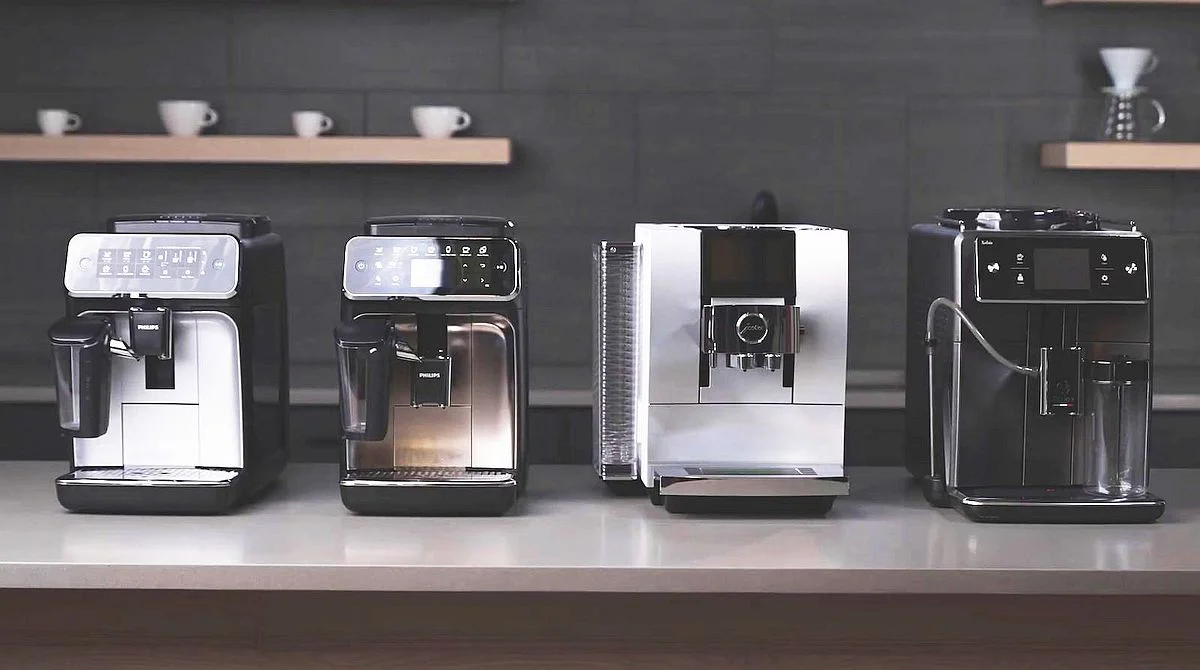
Tips for Ensuring Consistency in Brewing Temperature
Now that you understand the importance of brewing temperature in espresso extraction and the factors that can affect it, let’s discuss some practical tips for ensuring consistency in brewing temperature with your super-automatic espresso machine.
Clean and Maintain Your Machine Regularly
One of the most critical factors in maintaining brewing temperature consistency is keeping your super-automatic espresso machine clean and well-maintained. Limescale buildup in the heating element can disrupt the flow of water and affect the machine’s ability to heat water to the optimal temperature. Regular descaling and cleaning of your espresso machine will help prevent these issues and ensure that it continues to deliver consistent and delicious espresso shots.
Use Freshly Roasted Coffee Beans
The freshness of the coffee beans you use in your super-automatic espresso machine can significantly impact the brewing temperature and the flavor of your espresso shot. Freshly roasted beans contain more oils and aromas, resulting in a richer and more nuanced flavor profile. Stale beans, on the other hand, may not extract properly, leading to inconsistencies in brewing temperature and taste. To achieve the best results, use freshly roasted beans and store them properly to preserve their flavor and aroma.
Experiment with Different Brew Recipes
Every coffee bean has its own unique flavor profile that can be further enhanced or diminished by the brewing temperature. Experimenting with different brew recipes, such as adjusting the water temperature, brewing time, or coffee-to-water ratio, can help you find the perfect balance for your taste preferences. Keep a brewing journal to track your experiments and note how changes in temperature affect the flavor and aroma of your espresso shots. By fine-tuning your brew recipes, you can achieve greater control over the brewing temperature and create consistently delicious espresso shots.
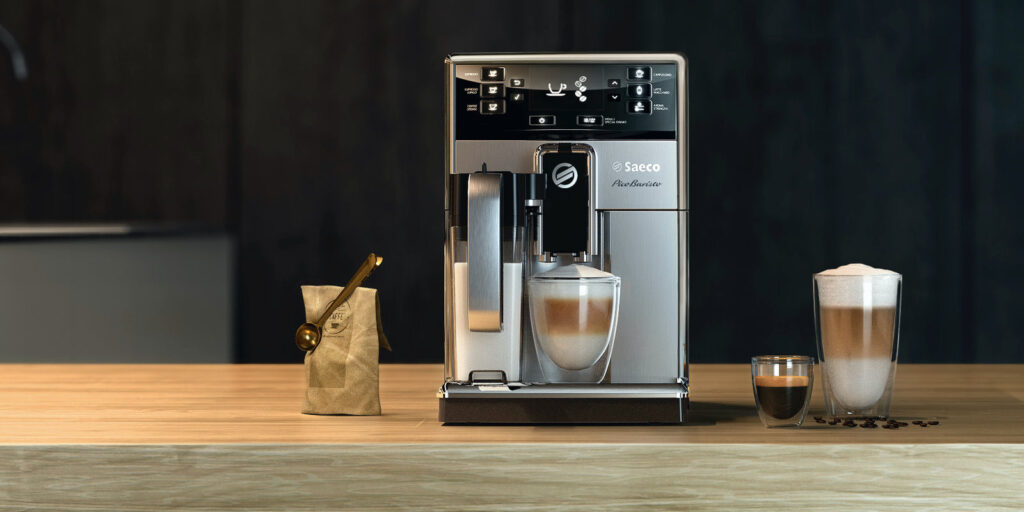
Conclusion
Maintaining consistency in brewing temperature with a super-automatic espresso machine is essential for producing high-quality espresso shots that are rich in flavor and aroma. By understanding the technology behind temperature stability, the factors that can affect brewing temperature, and implementing practical tips for ensuring consistency, you can elevate your espresso brewing experience and enjoy a perfect cup of espresso every time. Experiment with different variables, keep your machine clean and well-maintained, and use freshly roasted beans to optimize your brewing temperature and create a consistently delicious espresso shot. Cheers to great espresso!
